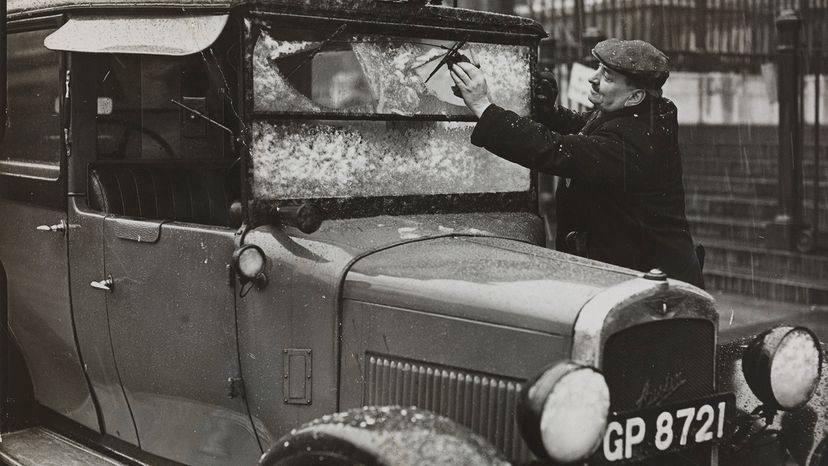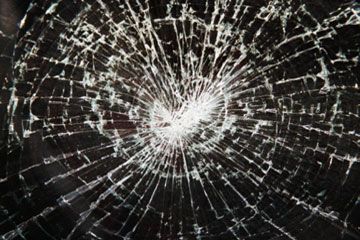
When car companies run ads on television touting their vehicle's new safety features, they rarely mention the car's windshield or the surrounding windows, but the glass surrounding you in those vehicles has been designed and manufactured with your safety in mind. Although automotive glass looks the same as any other type of glass, it functions very differently.
In most homes, the windows in each room are made from a standard type of glass that will shatter into large shards when it breaks. With the exception of a sliding glass door or front door, these home windows don't receive the same amount of strain that an automotive window does. A car, on the other hand, will encounter many potholes, rocks and fender benders in its lifetime. Because of this, automotive glass is manufactured into two different types of safety glass to protect both the structure of the vehicle and the occupants inside. The first type of glass is called laminated glass, which is for the windshield. The second type of glass is known as tempered glass, which is used for the vehicle's side and back windows.
Advertisement
Later on, we'll learn how glass makers insert a thin layer of film between two layers of glass and fuse them together through heat and pressure to make laminated glass. We'll also take a look at how tempered glass gains its strength through a process of heating and rapid cooling. Without these different styles of manufacturing and strengthening, automotive glass would be little more than a simple barrier between us and the elements outside.
Laminated and tempered glass each have different functions, but together, they keep you inside the vehicle in an accident, shield you from flying sharp glass, retain the roof's rigidity in a rollover and allow the side air bag to protect you when it's deployed.
Advertisement




